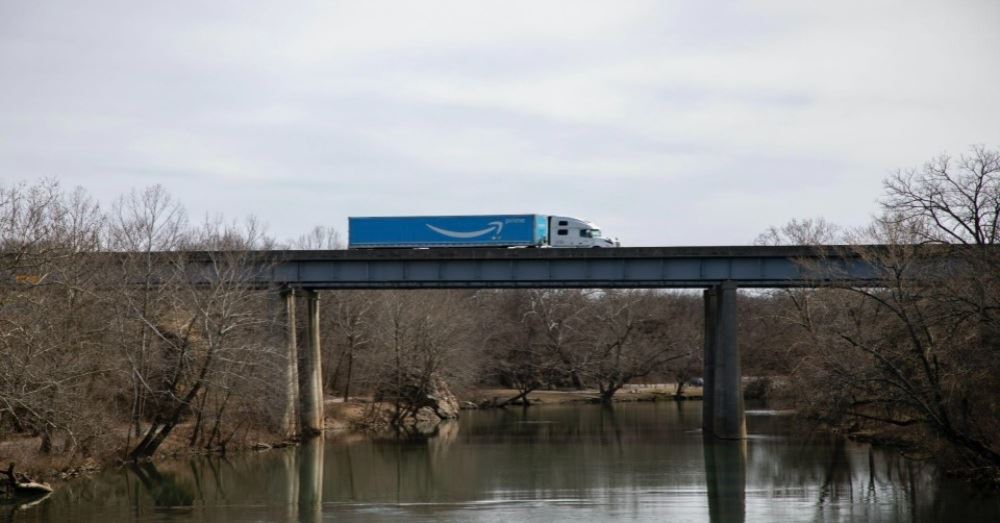As businesses bounce back from COVID and everything the pandemic brought with it, discounted merchandise might not be at the forefront of every retailer’s business strategy. Though this might seem counterintuitive, Prime Day is a unique tradition in the world of e-commerce that can boost sales for many brands—and it’d be a shame if we didn’t at least brief you on how to best prepare!
During their first year, Amazon made just shy of $1 billion in revenue on Prime Day. Just five years later, the retail holiday grew tenfold to over $10 billion in revenue. While the retail giant can make this ‘holiday’ seem daunting, we’ve broken it down for you, allowing for your Prime Day jitters to be a thing of the past.
While concocting the perfect Prime Day strategy will likely vary by product, sales, and what you’re willing to spend, Amazon does offer a variety of unique promotions of which we believe more retailers should be taking advantage—so long as they know how to work the system.
Let’s break down said promotions…
Lightning Deals
Lightning Deals can be a great way to boost a particular item for a short duration, while setting it up for long-term success—if you do it right. Using this type of promotion will allow consumers to find products by scouring the ‘Deals’ page, or from organic search. But, it doesn’t come without limitations. The merchandise must meet the following requirements to be eligible to deploy this type of deal:
- It has consistently generated sales
- Be offered at a minimum discount of 20% off the lowest price in last 30 days, or be offered at the lowest price year-to-date
- Have positive product reviews and ratings, with an overall seller rating of 3.5 stars
- Be seasonally relevant
While this type of promotion seems like a short-term solution for sales, it’s actually a much bigger commitment. Running a Lightning Deal will be costly—more sales does not always equal more profit. Aside from advertising products at a discount, there is a fee to participate in this type of promotion. This fee could be upwards of $300 on and around prime day ($150 on a normal day). If the product is successful, Amazon will likely allow you to run another with no additional fee
In addition to the dent in ROI, you also risk your lighting deal reputation, for lack of a better word. Essentially, if you pick an eligible product and it does not sell out, Amazon is much less likely to allow you to sell in this format again. Thus, selecting your products strategically in conjunction with Amazon’s existing ‘system’ is crucial.
Should you decide this is a Prime, Prime Day strategy for you, we’ve broken down step-by-step instructions on how to submit for a Lightning Deal.
- Seller Central > Merchandising > Marketing recommendations
- Click ‘Show eligible products for Lightning Deals’ and select any ASIN that shows Prime Day Week available.
- Each Lightning Deal promotion scheduled on Prime Day Week has a base merchandising fee of $300. Lightning Deals scheduled on Prime Day will be charged a $500 fee. The fee is a one-time, flat fee that will be invoiced separately after the promotion ends.
- Please note: Lightning Deals not selected to run on Prime Day will be scheduled on surrounding dates.
Prime Member Coupons
If you’re worried about being penalized for not selling out of a specific product, you may consider looking into Prime Member Coupons as a worthy alternative. This type of promotion allows for a discount on a single product or set of products, with automatic merchandising within the coupons page, shopping results, product detail pages, and other locations offered exclusively to Amazon Prime members during lead-up and Prime Day.
The qualifications for this type of promotion are arguably less steep, making this type of discount one worth at least exploring. Eligibility requirements include the following:
- Minimum discount of 20% off the current price
- Customer Segment targeting must be set to Amazon Prime
- ASIN(s) must be Prime eligible
- Coupon Title*
Prime Exclusive Discount
If you either missed the May 28th deadline to qualify for Prime Day Coupon Date Adjustment, or Lightning Deals still seem daunting when discussing Black Friday of e-commerce, we have another alternative.
Prime Exclusive discounts are widely used across all national Prime shipping eligible FBA products and utilize a strike-through discounted price strategy. This promotion is exclusive to Prime members and comes with a Prime Day Deals badge to distinguish it from promos.
Eligibility Criteria
- Nationally Prime Shipping Eligible FBA Item
- 20% off the current price and 5% off the lowest price in the past 30 days
- At least 4-star seller rating when seller rating is available
- Rating of 3 stars or above or no reviews
How to Submit a Prime Exclusive Discount
- Seller Central > Advertising > Prime Exclusive Discounts
- Click the checkbox- ‘Is this a Prime Day Discount?’
- Prime Exclusive Discount Sourcing begins on 3/29 and ends two weeks before the event.
- Dates for submissions open and close are subject to change.
Other important notes you consider as you tackle Prime Day:
- Amazon retains the right to reschedule or cancel the promotion at any time.
- If your promotion does not receive approval within seven days, Amazon will cancel it.
- Starting 14 days before the start date of your Lightning Deal and up until 24 hours, before the deal goes live, we will notify you if the per-unit funding for your Lightning Deal is not sufficient to run the deal. You can edit and resubmit your promotion with the required funding amount by selecting ‘Edit’ on the promotion’s detail page. If you do not provide the necessary funding, your Lightning Deal will not run. You could receive a notification 24-hours before the start date, so please check your email to ensure your deal runs. (This applies only to deals created in Seller Central)
- Amazon doesn’t guarantee that orders will be placed for the promotion.
- Amazon doesn’t guarantee that the deal will be published on the chosen day or time.


